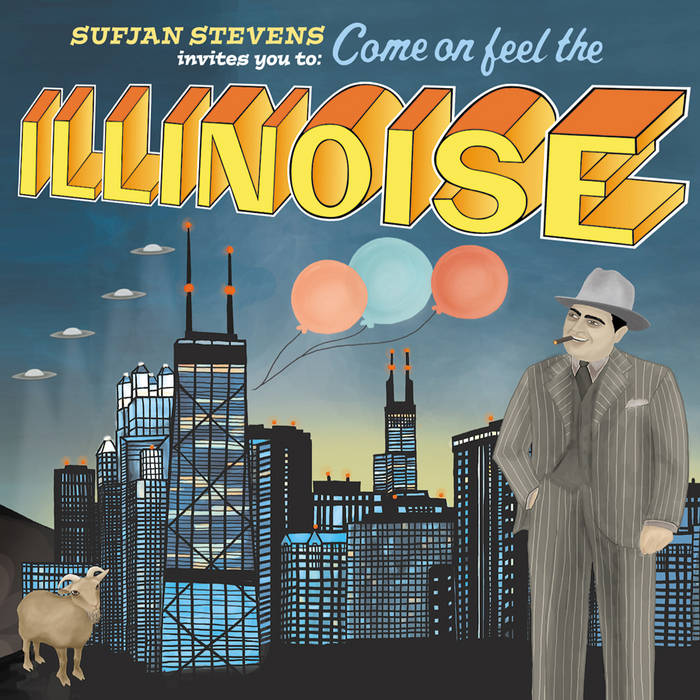It’s almost impossible for me to review Kinsey the same way I would have last year. Before this summer, the only exposure I had to Dr. Kinsey and his infamous research methods were a few furtive peeks through my parents’ copy of his controversial 1948 tome, Sexual Behavior of the Human Male. (I’m not sure why I was so secretive; they kept it in plain sight on a bookshelf in the den. Too bad the good doctor never had a chance to interview me.) But I spent the weeks leading up to the school year reading The Inner Circle by T. Coraghessan Boyle—a recent treatment of the life of Alfred Kinsey that makes Bill Condon’s biopic seem woefully simplified and underdeveloped in comparison. Kinsey the film has been greeted with the typical amount of hyperbolic Oscar talk, but I spent the majority of the running time trying to figure out what went wrong.
Liam Neeson stars as Dr. Alfred Kinsey, the man who revolutionized how the world thought about sex, mainly because he had so many hang-ups about the act when he was younger. His father, Alfred S. Kinsey (John Lithgow), is a vitriol-spewing preacher who makes Jerry Falwell look like a hedonist. (Oh, wait a minute—was Falwell one of those televangelists caught in an extramarital affair? It’s so hard to keep track.) Young Kinsey rebels and escapes to college. He graduates and moves on to teach biology at Indiana University.
No wonder IU’s been named the number one party school. Kinsey boldly shakes things up by suggesting that the university’s existing sex-ed curriculum is useless (it’s taught mainly within the context of hygiene). He battles with a couple of prudes, but eventually gets to teach the course his way; unfortunately, the movie doesn’t make nearly enough of this initial struggle. (There’s got to be some middle ground between a euphemistic hygiene course and having huge, blown-up images of erect penises and spread vaginas projected on a monitor for a class of hundreds—and surprisingly, no one in the film seems to advocate that compromise.)
Along the way, Kinsey accumulates a wife, the mostly-accommodating Clara (Laura Linney), played in the put-upon, long-suffering, why-me? tradition of Alicia Nash (Jennifer Connelly) in A Beautiful Mind. He also amasses a group of researchers: Paul Gebhard (Timothy Hutton), Wade Pomeroy (Chris O’Donnell, rescued from the “Where Are They Now?” files), and Clyde Martin (Peter Sarsgaard, gamy, and game to try anything, including a full-frontal nude scene). But the three men are interchangeable, each expressing the generic inhibitions regarding Kinsey’s research. One feels they could have been compressed into the same character if the specter of wife-swapping didn’t have to be introduced halfway into the film.
Just as their plotlines seem promising but peter out as the film moves on, so does Kinsey leave plotlines dangling like so much exposed genitalia. An intriguing subplot between Kinsey and his son, Bruce (Thomas Luke MacFarlane) is dropped in favor of a much more trite “resolution” between Kinsey and his own hellfire-and-brimstone dad. Kinsey the younger convinces Kinsey the elder to participate in the sex study. Then, Kinsey Sr. tears up while recalling archaic attitudes about masturbation, and Kinsey receives a small glimpse into where his father came from.
Never mind that in real life, I doubt Kinsey Sr. would have even sat for the interview; never mind if, in real life, he actually did. As drama, this doesn’t work in Condon’s film for a second. In fact, there’s no real sense of the immense cultural opposition to Kinsey’s work, except in questions about finances and funding. I mean, no one wants to watch Bible-thumpers in action—except maybe the Bible-thumpers themselves—but so soon after an election in which “moral issues” were eagerly foisted upon by the media as the deciding factor, these issues needed to be explored in more depth.
It says a lot about the filmmaker’s pre-existing attitudes that the big redemptive moment is supposed to be when a lesbian interview subject (Lynn Redgrave) tells Kinsey how his taboo-shattering research saved her life. I’m not sure how Kinsey is going to play in Arkansas, Georgia, Kentucky, Michigan, Mississippi, Montana, North Dakota, Oklahoma, Ohio, Oregon, and Utah—the 11 states that just passed amendments in favor of banning gay marriage—and maybe it’s not fair of me to ask the filmmakers to care. But I doubt this scene is going to endear the film to any homophobes. Didn’t we also learn from this election that we can’t just keep preaching to the converted? As it is, the controversy in Kinsey is sadly similar to that in The People vs. Larry Flynt: white-washed, compartmentalized, and made palatable for a (blue-state) audience.
You want to learn about Dr. Alfred Kinsey? Great. He was a brilliant scientist and a deeply flawed man. Read T. C. Boyle’s The Inner Circle. Want to see a good biopic? That’s great, too. Raging Bull, Henry & June, Iris—I could recommend so many. But I’m afraid Kinsey isn’t going to earn a place on that list.








